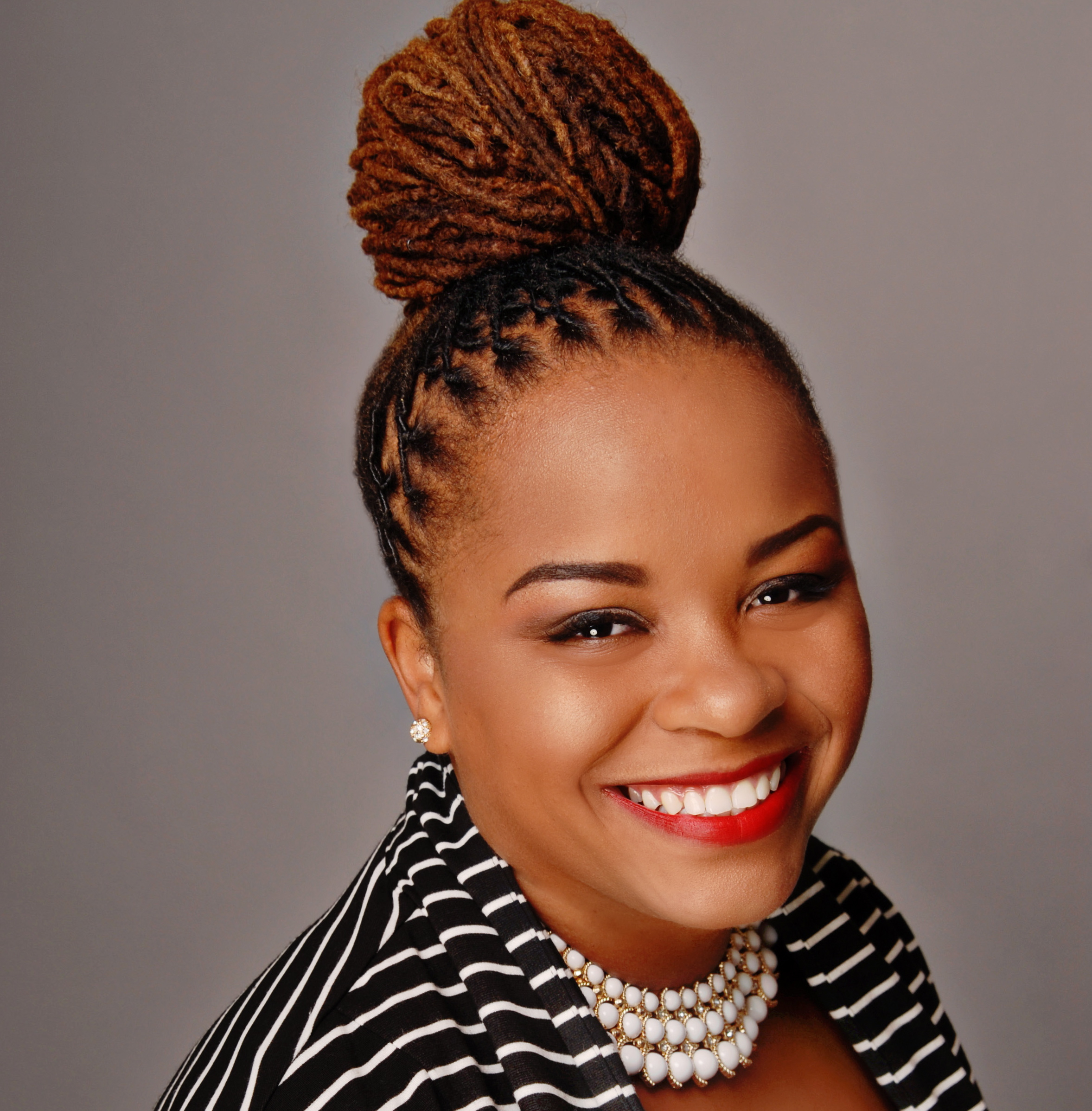 Victoria L Bryant Hamilton is a fourth generation Fisk graduate, a former Miss Fisk University and a proud member of the class of 2007. Hailing from Louisville, Kentucky, she is an aspiring art history curator currently earning an M.A. in Art & Museum Studies at Georgetown University. Follow her on twitter at @FiskForever.
Victoria L Bryant Hamilton is a fourth generation Fisk graduate, a former Miss Fisk University and a proud member of the class of 2007. Hailing from Louisville, Kentucky, she is an aspiring art history curator currently earning an M.A. in Art & Museum Studies at Georgetown University. Follow her on twitter at @FiskForever.
“Paint is the only weapon I have with which to fight what I resent. If I could write, I would write about it. If I could talk, I would talk about it. Since I paint, I must paint about it.”
– Elizabeth Catlett Mora (1915-2012)

Elizabeth Catlett Mora was a wife, mother, sculptor, printmaker, African American, Mexican and female expatriate. She was driven by a love for her community, family, nation and race. With HBCU roots running deep, her father, John H. Catlett was a professor and colleague of George Washington Carver and Booker T. Washington at Tuskegee. She graduated Howard University in 1935 after being denied admission to Carnegie Institute on the basis of race. Later, working alongside Thurgood Marshall, she fought for equal pay for her fellow teachers in North Carolina and challenged Jim Crow on behalf of her students at Dillard.
She pursued a 1945 Julius Rosenwald fellowship at the Taller de Grafica Popular workshop in Mexico to produce her Negro Woman series. Whether working in jade, onyx, walnut, lithograph or clay, she shaped a generation of soldiers for creativity and freedom regardless of gender or race. For her relentless pursuit of justice and equality, she was labeled an “undesirable alien,” jailed, and eventually declared a Communist and blacklisted.

Undeterred, she refused to allow her voice to be quelled. Catlett renounced her American citizenship in 1962 and made her home in Mexico, where she continued speaking her truth to power, crafting poignant depictions of social and political change. She adamantly created works that could be understood by the common folk, especially the illiterate. Her most prolific works are centered on and made for her people–Blacks, Mexicans, women and the poor.
For seventy years, she narrated their story while also telling her own. It is a story of dignified struggle, artistic triumph and advocacy for access to art for all.
Amid great uncertainty, she created Target in 1970 as a response to the Vietnam War and the terror in black ghettoes. It seems timely to include it here as a reminder that times don’t change unless we do. It is in remembrance of the Trayvon Martins and those whose names we may never know.

“Because I am a woman and I know how a woman feels in body and mind, I sculpt draw and print women, generally black women. Many of my sculptures and prints deal with maternity because I am a mother and a grandmother. Once in a while I do men because I love my husband and my sons, I share their sorrows and joys and I fear for them in the unsettled world of today.”
I deem it an honor to have been asked to celebrate one of my greatest artistic inspirations. Senora Mora, it is my greatest hope that you continue to educate, agitate and inspire from above and beyond. Thank you for living your life as an example of what an artist, mother and freedom fighter should be.















[…] Elizabeth Catlett attended Howard University and was the first student to earn an MFA degree in sculpture from the University of Iowa (1940). She studied ceramics at the Art Institute of Chicago and lithography at the Art Students League in New York. In 1941, while teaching at Dillard University in New Orleans, Catlett and Charles White were married and both taught at Hampton. In 1947, Catlett produced her first major show “I am a Negro Woman,” through a Julius Rosenwald Foundation fellowship. […]